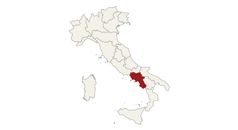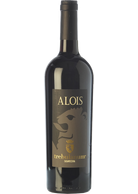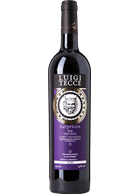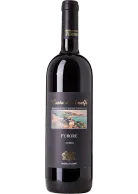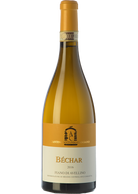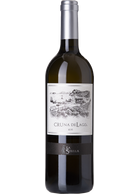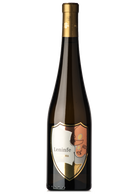Wine from Campania
With more than 3000 years of viticulture behind it, Campania is the Italian region with the most ancient wine-making tradition and, still today, the largest catalogue of cultivated vines. The Romans, who owned holiday estates and plots of land here, considered Campania wines the best in the world, so much so that some of their names, from Falerno to Cecubo, came to us with an almost mythical, legendary aura. Today Campania boasts about 30,000 hectares of vineyards and an impressive production of quality wine. Reborn in modern times as a red wine region, in recent years it has witnessed a very strong rediscovery of its great whites.



Benito Ferrara Greco di Tufo Vigna Cicogna 2023


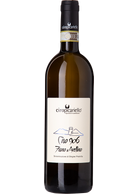
Ciro Picariello Fiano di Avellino Ciro 906 2022
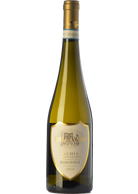
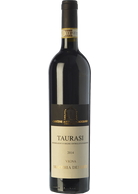

Feudi di San Gregorio Fiano di Avellino 2023

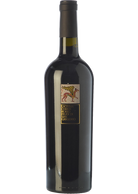
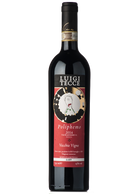
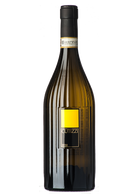
Feudi di San Gregorio Greco di Tufo Cutizzi 2023
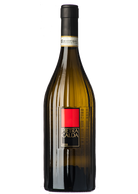
Feudi di San Gregorio Fiano Pietracalda 2022
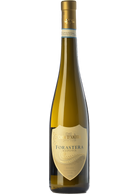
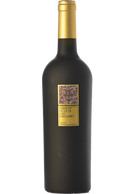
Feudi di San Gregorio Irpinia Aglianico Serpico 2015
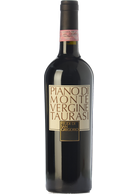
Feudi di San Gregorio Taurasi Riserva Piano di Montevergine 2016
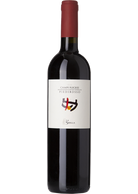
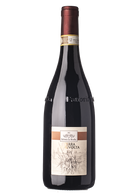
La Rivolta Aglianico Riserva Terra di Rivolta 2015
BIO
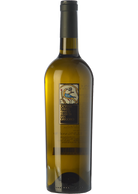

Fontanavecchia Aglianico del Taburno 2018
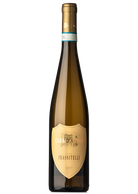
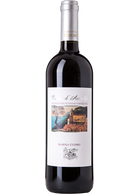
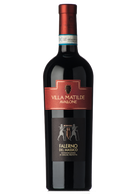

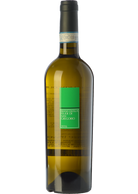
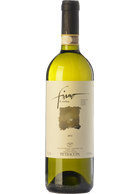
Campania
With more than 3000 years of viticulture behind it, Campania is the Italian region with the most ancient wine-making tradition and, still today, the largest catalogue of cultivated vines. The Romans, who owned holiday estates and plots of land here, considered Campania wines the best in the world, so much so that some of their names, from Falerno to Cecubo, came to us with an almost mythical, legendary aura. Today Campania boasts about 30,000 hectares of vineyards and an impressive production of quality wine. Reborn in modern times as a red wine region, in recent years it has witnessed a very strong rediscovery of its great whites.
The secret of Campania's excellence, in addition to its history and numerous varieties, lies in the soils and climates. Few regions like this can boast so many volcanic areas: natural amphitheatres that, as we know, offer interesting wines for minerality and longevity. As for the climate, Campania comes out on top for diversification in this area too: in fact, we can appreciate the Mediterranean climate of the coast, that of the inland, almost alpine-like, with day/night temperature variations that are splendidly beneficial to the aromatic characteristics of the wines.
The "inland" Campania, between Irpinia and Sannio, represents one of the most suitable wine-growing and wine-producing areas in Italy, both for white and red wines. This is demonstrated by Irpinia, in the province of Avellino. Here, centuries-old vines and incredible volcanic stratifications produce the highest regional expression of Aglianico: the Taurasi. On the banks of the Calore, along high crus that in winter are whitened by snow, this grape of Greek origin probably expresses at its best its acid, mineral, sapid, tannic backbone. Extremely exuberant in its youth, but also of excellent structure, the Aglianico taurasino, at least three years in a barrel, is the classic good giant: rough like the native reds of the breed, over time it produces a class of limitless excellence.
Further west, towards Monte Partenio, around the crus of Summonte and Lapio, the vineyards of Fiano di Avellino stand out. Vineyards that cling to over 700 metres on stony and calcareous soils that represent the preferred habitat for this, which is probably the greatest white grape of the South. Structured, rather rich in concentration, the fiano, a nectar that was loved by both Frederick II and Charles of Anjou, is one of those whites that has minerality in its DNA, and that soils and climates can only exalt. With notes of hydrocarbon and flint, the greatest Fiano di Avellino, better if only in steel, stay in the bottle for more than twenty years, preserving and even enhancing its qualities. Slightly to the North, on soils of tufa origin, there is the Greco di Tufo. Another Greek grape variety, it appears more ready than fiano. Less longevity, therefore, but not of lesser stature, especially when young. Concentrated too, richly mineral, fruit and freshness stand out.
In the Benevento area, which coincides with most of the ancient Sannio, two grapes stand out. One is again Aglianico, which here produces, in the volcanic Taburno area, a particularly agile, crunchy and mineral DOCG wine. The other is the falanghina, which can be considered the other great white wine from Campania. In the Sannio area the falanghina takes on a rather complex and structured profile, with a rich and fruity aromatic accompaniment, so much so that this grape, which also lends itself to "prosecco style" sparkling wine, can be tasted here in versions aged in wood, perhaps after a stop on the lees.
Moving towards the Mediterranean coast, the falanghina finds its home in another important volcanic area: the Campi Flegrei. And here, of course, it becomes more subtle, tense, sometimes terse in its youth, of exuberant minerality. And this is perhaps the greatest falanghina, capable of some years of ageing in the bottle. The Campi Flegrei, an area of volcanic fumaroles around Pozzuoli, also offer another great native of Campania: the piedirosso. A grape of contained structure, good aromas which is easy to drink, and which along with the Aglianico is one of the most traditional grapes of the region.
This is the case of Falerno del Massico, a northern DOC that "looks" at Lazio, in the province of Caserta, where, on calcareous soils and ancient farming systems, aglianico and piedirosso contribute to producing a lively and dynamic red wine, which in the most selected versions is also able to amaze over time. In the same province, at the foot of the Italian Versailles that is the Reggia di Caserta, the Casavecchia di Pontelatone DOC also stands out, an opulent, soft, fruity, concentrated red, usually vinified with abundant ageing in wood. And, again here, we should not forget the pallagrello nero, which produces a rather soft and structured wine that is proving to be one of the most interesting rediscoveries among the local varieties of Campania in recent years.
Around Naples, in addition to the Campi Flegrei, there are many other interesting areas, generally on volcanic soils. Among the whites, we recommend the Asprinio di Aversa, a grape so ancient that still today, as in Etruscan times, it is cultivated locally "married" to trees, i.e. leaving the plant to cling wild to other plants. An acidulous wine, sometimes citrine, it is very easy to drink and also works very well as a sparkling wine. Again among the whites, biancolella, native grape of the island of Ischia, has reached sublime levels. Especially in the heroic crus located in the south-western part of the island, the biancolella, cultivated on rocks of greenish mineral of volcanic origin, expresses an olfactory complexity and richness in extract now known internationally. Of lesser thickness but not less elegance, the forastera is the other white grape of Ischia, which therefore boasts two native grapes of extraordinary level.
Moving southwards, from Naples to the Sorrento Peninsula, we meet the wines of Vesuvius. A naturally volcanic area, it produces both whites - in particular from coda di volpe grapes, simple but pleasant and with good acidity - and reds, from the typical blend of aglianico and piedirosso. The Lacryma Christi del Vesuvio, white or red, comes from the most selected vineyards, on which sometimes ancient ungrafted vines survive. Around Sorrento, in addition to the famous lemons, the vineyard offers some typical wines of the territory, among which stands out the Gragnano: a sparkling red that is reminiscent of Lambrusco. To the horizon, on Capri, where on steep terraces an excellent piedirosso single-variety red wine is produced.
The Amalfi Coast represents one of the most interesting and heroic wine areas in Italy. The vineyards, on terraces overhanging the sea, are historically isolated and therefore have preserved a heritage of varieties unknown elsewhere. In the area of Furore the whites stand out, which are traditionally produced from a blend of ripoli (soft), phenyl (round and coloured) and broom (fresh and floral) grapes, with results of absolute excellence even after ageing in wood. In the district of Tramonti, on the other hand, the reds, with the native tintore, are worth mentioning.
The great province of Salerno, the southernmost in the region, has been expressing its full potential in recent years. This is thanks to the Cilento DOC, which mainly enhances the local fiano, aglianico and piedirosso, characterised, thanks to the warm climate and clayey soils, by greater structure and roundness than the Irpinia and Sanniti brothers. Around the well-known Tyrrhenian archaeological area there is also the Paestum IGT, a cru that is trying to imbibe more personality into the products of the Salerno coast. Further inland, in this corner of Campania, the international red wine is also experimented, with results that have enthused and excited wine drinkers.
